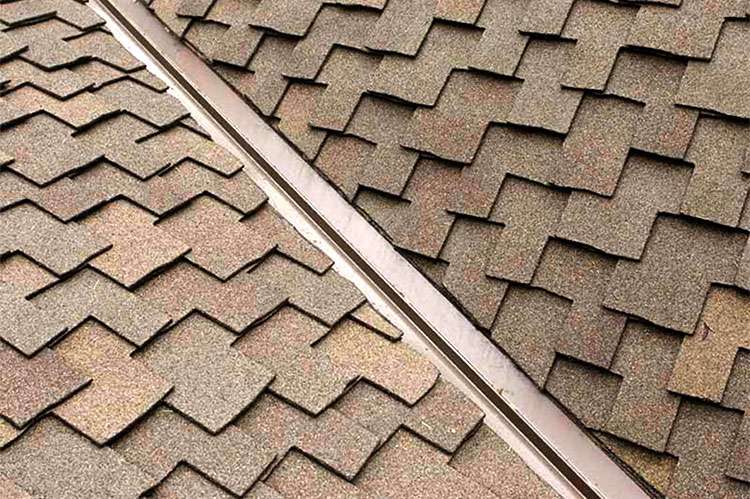When it comes to weatherproofing your home, your roof is the first line of defense. But did you know the flashing on your roof is the second line of defense? In this article we’ll talk about the importance of proper roof flashing and how it can save you from costly repairs down the road.
To improve a building’s energy efficiency by 15% Ontario has revised its ventilation code requirements. The changes focus on heat recovery in ventilation systems and incentives for air tightness of the building.
Most of Section 9 of the Ontario Building Code 2020 (OBC) remains the same but all residential and commercial buildings must have either an energy-recovery ventilator (ERV) or a heat-recovery ventilator (HRV).
Roof flashing is a thin, waterproof material installed around roof features such as chimneys, vents and skylights. Its purpose is to prevent water from getting into the gaps between these features and the roof and causing leaks and water damage.
There are different types of roof flashing for different areas of the roof. These are:
Step flashing: For the joints between the roof and vertical walls, such as chimneys or dormers.
Valley flashing: For the valleys of the roof where two slopes meet.
Drip edge flashing: Along the edges of the roof to prevent water from getting under the shingles.
Vent pipe flashing: For vent pipes to seal around the pipes and prevent water from entering the roof.
Skylight flashing: Around skylights to prevent water from entering the roof.
Roof flashing can be made of:
Aluminum: Lightweight and easy to work with, aluminum flashing is a popular choice for roof flashing.
Copper: Durable and long lasting, copper flashing is used for high end homes.
Galvanized steel: Affordable and strong, galvanized steel flashing is a common choice for roof flashing.
Lead: A traditional material for roof flashing, lead is malleable and can be shaped to fit any roof feature.
Rubber: Flexible and waterproof, rubber flashing is used for flat roofs.
The purpose of roof flashing is to prevent water from getting into your home. Without flashing water can get into the gaps between the roof and its features and cause leaks and water damage. This can lead to costly repairs and even compromise the structure of your home.
When water gets into your home through a leaky roof it creates a perfect environment for mold and mildew to grow. Not only can this cause bad odors and damage to your home but it can also be a health risk to you and your family. Proper roof flashing prevents water from getting into your home and creating a breeding ground for mold and mildew.
Proper roof flashing also helps with energy efficiency. When water gets into your home through a leaky roof it can damage your insulation and reduce its effectiveness. This can lead to higher energy bills as your heating and cooling systems have to work harder to maintain a comfortable temperature. By preventing water from getting into your home proper roof flashing helps to maintain the integrity of your insulation and your energy bills.
A well maintained roof can last for decades but without flashing your roof may not last as long as it should. Water damage can cause shingles to deteriorate and weaken the structure of the roof. By preventing water from getting into your home proper flashing helps to extend the life of your roof and save you from costly repairs or an early replacement.

While proper roof flashing is essential for protecting your home, there are some common issues that can arise if it is not installed or maintained correctly.
Metal flashing can corrode over time from exposure to the elements. This can weaken the flashing and prevent it from keeping water out. Regular inspections and maintenance can help to identify and replace corroded flashing before it causes damage.
Over time, metal flashing can corrode due to exposure to the elements. This can weaken the flashing and compromise its ability to keep water out. Regular inspections and maintenance can help to identify and replace corroded flashing before it causes any damage.
If the flashing is not attached to the roof correctly it can become loose and separate from the roof over time. This can create gaps where water can get in and cause leaks. Regular inspections and maintenance can help to identify and fix loose or separated flashing.
The best way to ensure proper roof flashing is to hire a professional roofing contractor. They have the knowledge and experience to install flashing correctly and identify any issues that may arise.
Regular inspections and maintenance are key to identifying and fixing any flashing issues. Have your roof inspected at least once a year and after any severe weather.
When it comes to flashing use good stuff. Cheap or low quality flashing may save you money in the short term but will fail and cause issues in the long run. Invest in good quality flashing to get the longevity and effectiveness out of your flashing.
Proper roof flashing is a crucial aspect of protecting your home from water damage and maintaining the integrity of your roof. By preventing water intrusion, it can save you from costly repairs and extend the lifespan of your roof. Regular inspections and maintenance, along with using quality materials and hiring a professional, can help to ensure that your roof flashing is doing its job effectively. Don’t overlook the importance of proper roof flashing and keep your home safe and dry for years to come.